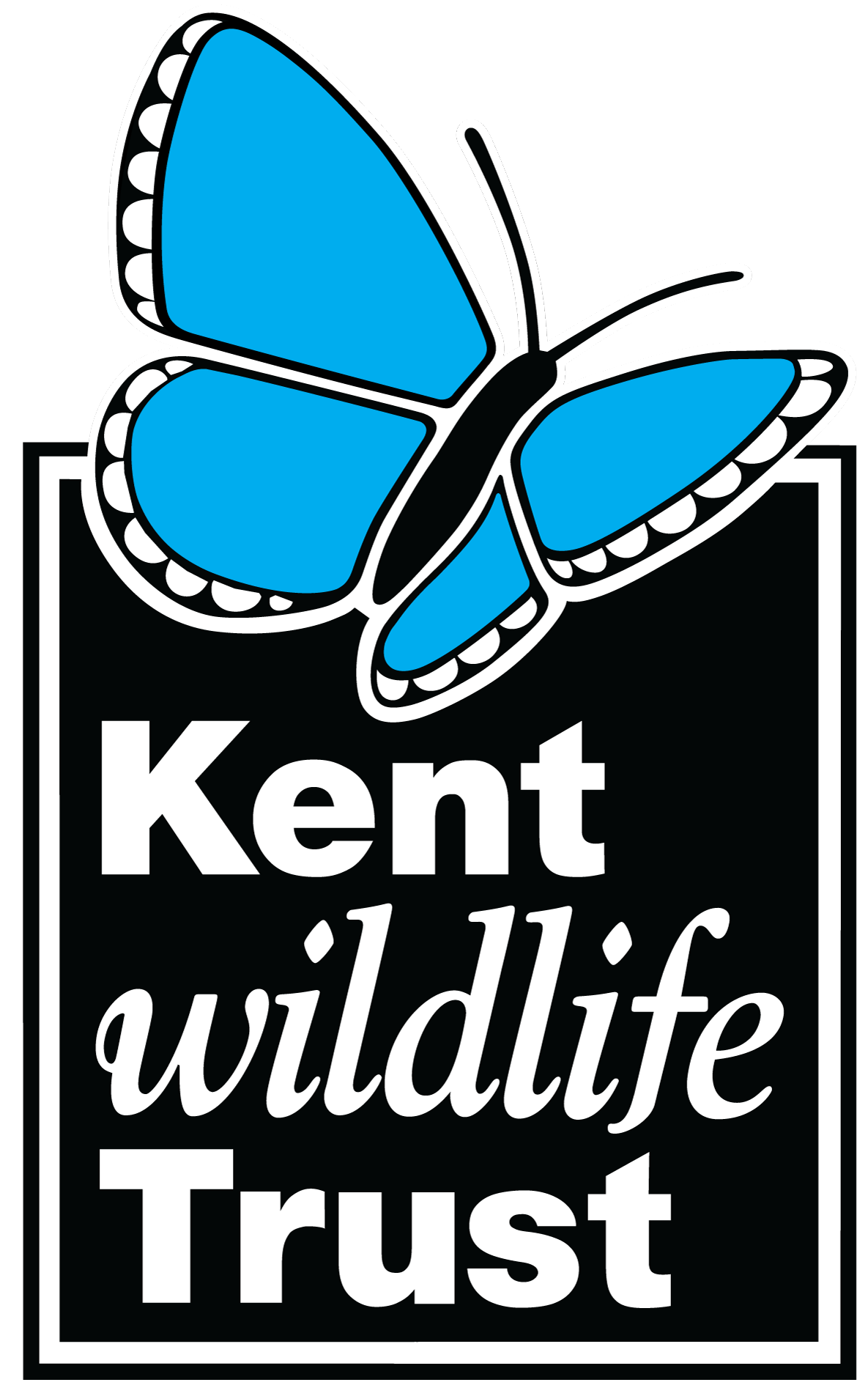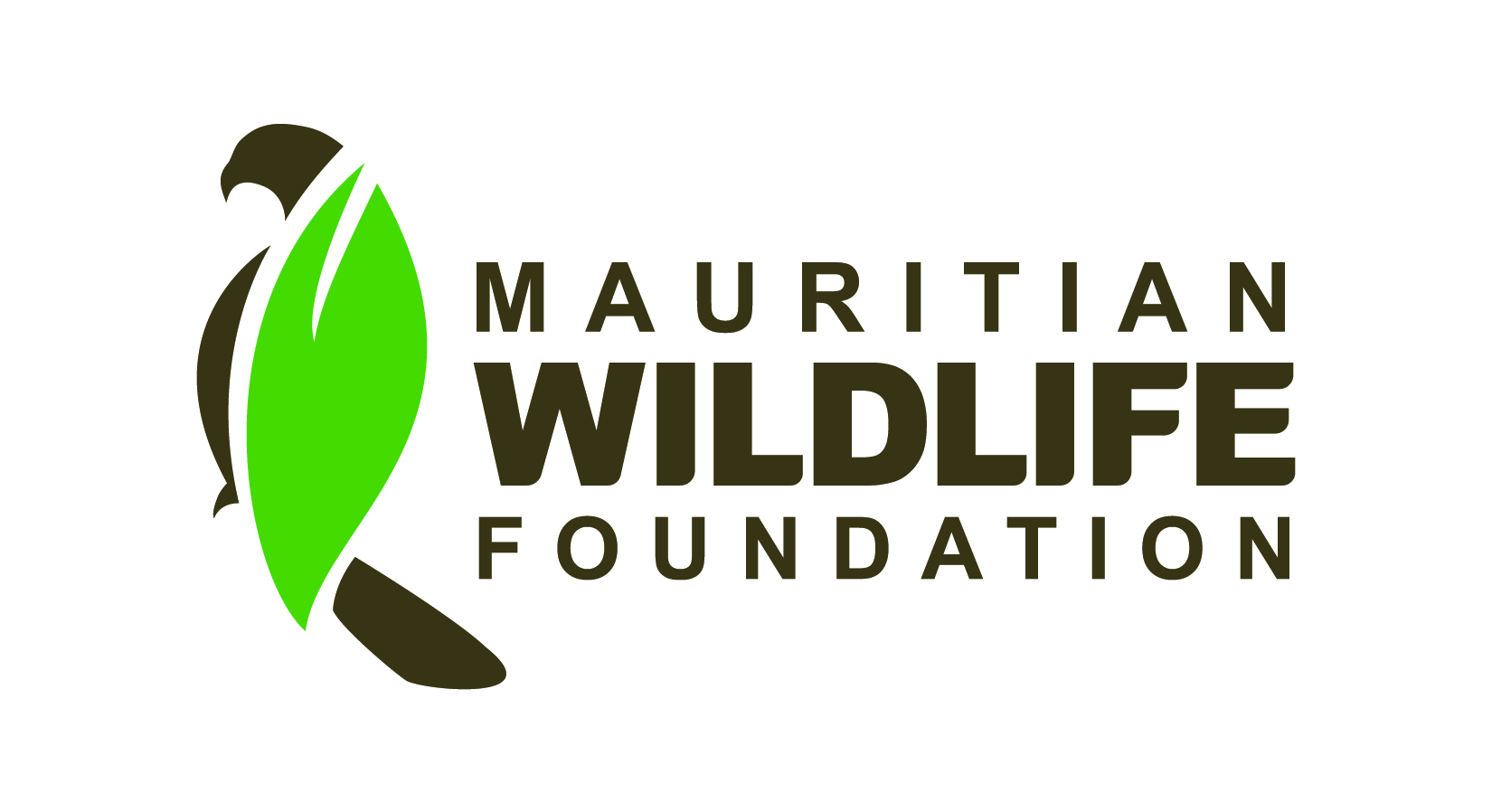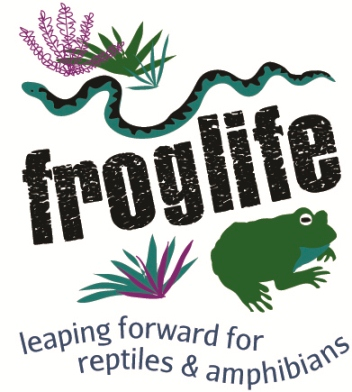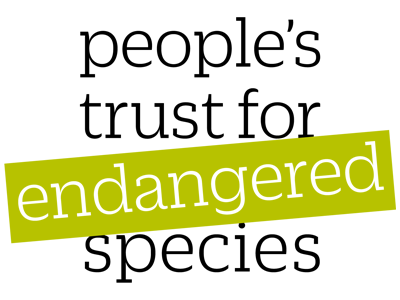Physically damage problematic plants: freshwater marshes
-
Overall effectiveness category Likely to be beneficial
-
Number of studies: 5
View assessment score
Hide assessment score
How is the evidence assessed?
-
Effectiveness
50% -
Certainty
40% -
Harms
10%
Study locations
Supporting evidence from individual studies
A study in 1998–2003 in a degraded floodplain marsh in the Northern Territory, Australia (Paynter 2004) reported that following herbicide application, physical damage and prescribed burning to control invasive mimosa Mimosa pigra, some herbaceous plants recolonized the site along with mimosa. After one year, cover of all vegetation other than mimosa was approximately 31–80%. This included 12–45% total cover of grasses/sedges. Mimosa cover was approximately 0–17%, depending on the area within the marsh. The number of new mimosa seedlings each year declined over time, from 1 seedling/m2 in the first year after intervention was complete, to <0.5 seedlings/m2 in the second and third years, then 0 seedlings/m2 in the fourth year. Methods: Three interventions were applied to a 100-ha patch of mimosa-dominated floodplain. In April 1998, the site was sprayed with herbicide (metsulfuron methyl). In October 1999, the dead vegetation was crushed using a chain tied between two bulldozers, then the site was burned (fire lasting several days). The study does not distinguish between the effects of these interventions. Vegetation was surveyed in the dry season (July–October), in up to three areas of the marsh (where no vegetation had been introduced) and for up to four years after intervention was complete. This study was in the same area as (2), but used a different experimental set-up.
Study and other actions testedA replicated, randomized, paired, controlled, before-and-after study in 1997–1999 in a floodplain wetland invaded by mimosa Mimosa pigra in the Northern Territory, Australia (Paynter & Flanagan 2004) reported that crushing the vegetation with a bulldozer did not reduce cover of non-mimosa vegetation one year later. In one of two comparisons, amongst plots previously sprayed with herbicide, crushed plots had greater cover of non-mimosa vegetation (55%) than uncrushed plots (33%). In the other comparison, amongst plots not sprayed with herbicide, non-mimosa vegetation cover did not significantly differ between treatments (crushed: 38%; uncrushed: 15%). Meanwhile, mimosa was never more abundant in crushed than uncrushed plots, and often significantly less abundant. This was true for mimosa coverage, density and above-ground biomass (see original paper for data). Before intervention, the abundance of both mimosa and other vegetation were statistically similar in plots destined for each treatment (data not reported). Methods: Eight pairs of 100 x 200 m plots were established on a mimosa-invaded floodplain. In late 1998, the vegetation was crushed in eight plots (one random plot/pair) by driving over it with bulldozers. Four crushed and four uncrushed plots had been sprayed with herbicide earlier in April 1998. Vegetation was surveyed before crushing (late 1997/early 1998) and one year after (late 1999), in four 1–5 m2 quadrats/plot and by aerial photography (mimosa coverage). This study was in the same area as (1), but used a different experimental set-up.
Study and other actions testedA replicated, randomized, paired, controlled study in a freshwater marsh in eastern Mexico (López Rosas et al. 2006) found that disking after cutting grass-invaded vegetation increased plant diversity (but not richness), typically had no significant effect on overall plant density, and increased the absolute and relative abundance of two common native plant species. After 4–8 months, cut/disked plots had higher plant diversity than plots that had only been cut (data reported as a diversity index). However, there was no significant difference between treatments in plant species richness (cut/disked: 7–10; cut only: 4–7 species/0.49 m2). Cut/disked plots supported a similar overall plant density to cut plots in two of three comparisons (for which cut/disked: 66–89; cut only: 67–120 individuals/0.49 m2). Two of five monitored native plant species had greater cover in cut/disked plots (Canada spikesedge Eleocharis geniculata: 26%; umbrella sedge Fuirena simplex: 10%) than cut plots (spikesedge: 0%; umbrella sedge: 1%). The same was true for relative abundance (above-ground biomass, measured after eight months only; see original paper for data). Invasive antelope grass Echinochloa pyramidalis had statistically similar cover under each treatment in two of three comparisons (for which cut/disked: 26–42%; cut only: 38–47%). Methods: In January (year not reported), seven pairs of 0.49-m2 plots were established in a degraded marsh, invaded by antelope grass. In all 14 plots, vegetation was cut to ground level. In one random plot/pair, the soil was then disked by hand (to 37 cm depth, until a “muddy, uniform consistency” was reached). This damaged rhizomes (underground horizontal stems). All of these plots were enclosed, underground, by a plastic barrier. Vegetation was surveyed between May and September later that year (biomass in September only).
Study and other actions testedA controlled, before-and-after study in 1998–2004 in an ephemeral freshwater marsh in Costa Rica (Trama et al. 2009) reported that crushing and burning stands of invasive southern cattail Typha domingensis reduced the total vegetated area and vegetation cover, but increased plant species richness. Unless specified, statistical significance was not assessed. In the wet season before intervention, live vegetation stands covered 98–99% of the study plots. In a managed plot, this dropped to 68% after five months (wet season) then 23% after eight months (dry season). Over the same period, the coverage of southern cattail stands dropped from 61–62% to 52%, then to 7%. In an unmanaged plot, coverage remained ≥98% for live vegetation and 63–66% for cattail. After 11–22 months, the managed plot had lower cover of live vegetation, along transects, than the unmanaged plot (managed: 17–90%; unmanaged: 88–100%). The same was true for cattail cover (managed: 5–38%; unmanaged: 75–100%). Meanwhile, the managed plot contained more plant species, both overall (managed: 61; unmanaged: 20 species/plot) and within transects (managed: 12; unmanaged: 4 species/300 m2). Methods: Two 80-ha plots were established in a cattail-dominated marsh. From September 2002, cattail stands in one of the plots were damaged when wet (by driving over them in a tractor with large paddle wheels) and/or burned when dry. The study does not distinguish between the effects of these interventions. Both plots had been rewetted in July. Vegetation stands were mapped from aerial photographs or satellite images taken before (December 1998) and after (November 2002, March 2003) intervention. Detailed vegetation surveys, along six 25 x 2 m transects/plot, were carried out between August 2003 and July 2004. This study used the same marsh as (5), but a different experimental set-up.
Study and other actions testedA replicated, randomized, paired, controlled study in 2007–2008 in an ephemeral freshwater marsh invaded by southern cattail Typha domingensis in Costa Rica (Osland et al. 2011) found that damaging cattail stands with paddled tractor wheels changed the overall plant community composition, and increased overall plant diversity but typically not richness. Over 15 months after intervention, damaged and undamaged plots consistently differed in overall plant community composition (six of six comparisons; data reported as a graphical analysis). Damaged plots had higher plant diversity than undamaged plots (six of six comparisons; data reported as a diversity index), with a greater abundance of individual plant species other than cattail (see original paper for data). Plant species richness did not significantly differ between treatments in four of six comparisons (damaged: 4–10; not damaged: 3–8 species/3 m2) but was higher in disturbed plots in the other two (damaged: 5–6; not damaged: 3–4 species/3 m2). At both three and 15 months after intervention, there was less cattail in damaged than undamaged plots. This was true in terms of height (damaged: 7–74; not damaged: 248–262 cm), density (damaged: 1–4; not damaged: 10–13 shoots/m2) and dry above-ground biomass (damaged: 0–135; not damaged: 557–662 g/m2). Methods: Fifteen pairs of 20-m2 plots were established in a degraded, cattail-invaded marsh. In February 2007, cattail-dominated vegetation was damaged (crushed and partly pulled up) in one plot/pair by driving over it in a tractor with large paddle wheels (locally called fangueo). The other plots were left undisturbed. Between March 2007 and April 2008, vegetation was surveyed in three permanent 1-m2 quadrats/plot. This study used the same marsh as (4), but a different experimental set-up.
Study and other actions tested
Where has this evidence come from?
List of journals searched by synopsis
All the journals searched for all synopses
This Action forms part of the Action Synopsis:
Marsh and Swamp Conservation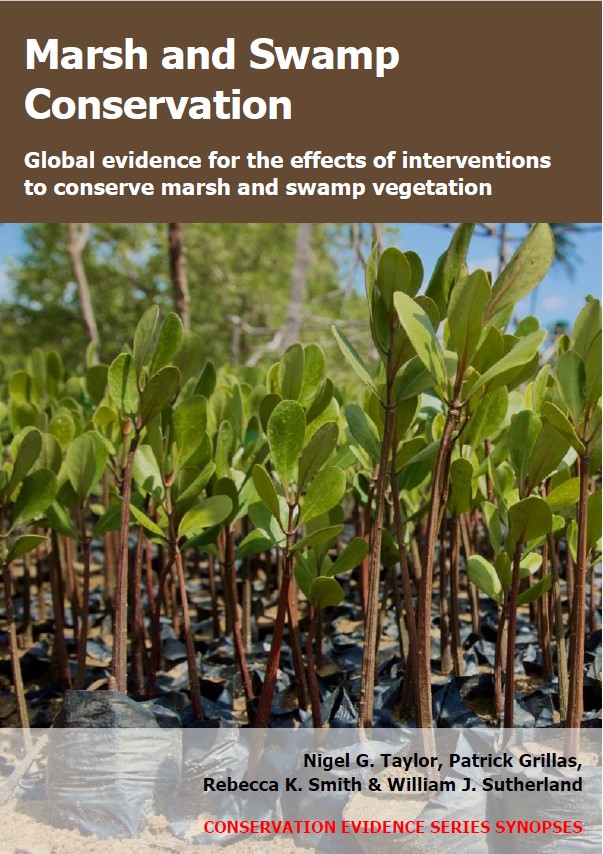
Marsh and Swamp Conservation - Published 2021
Marsh and Swamp Synopsis

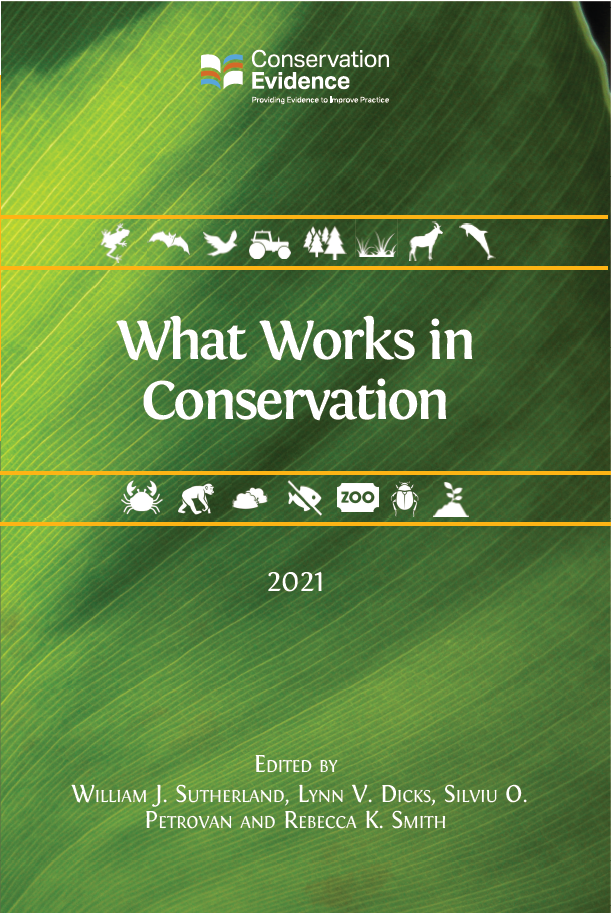
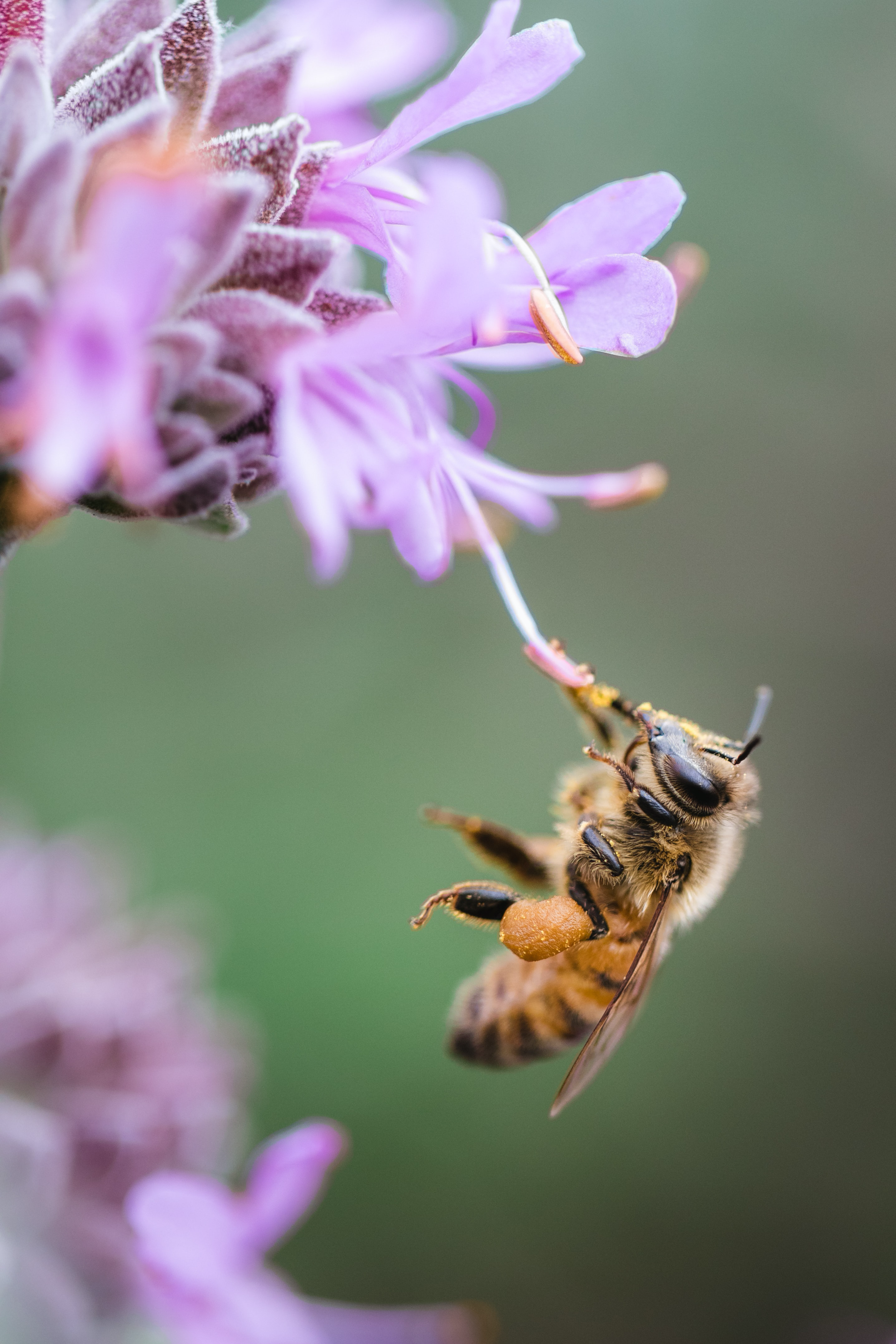

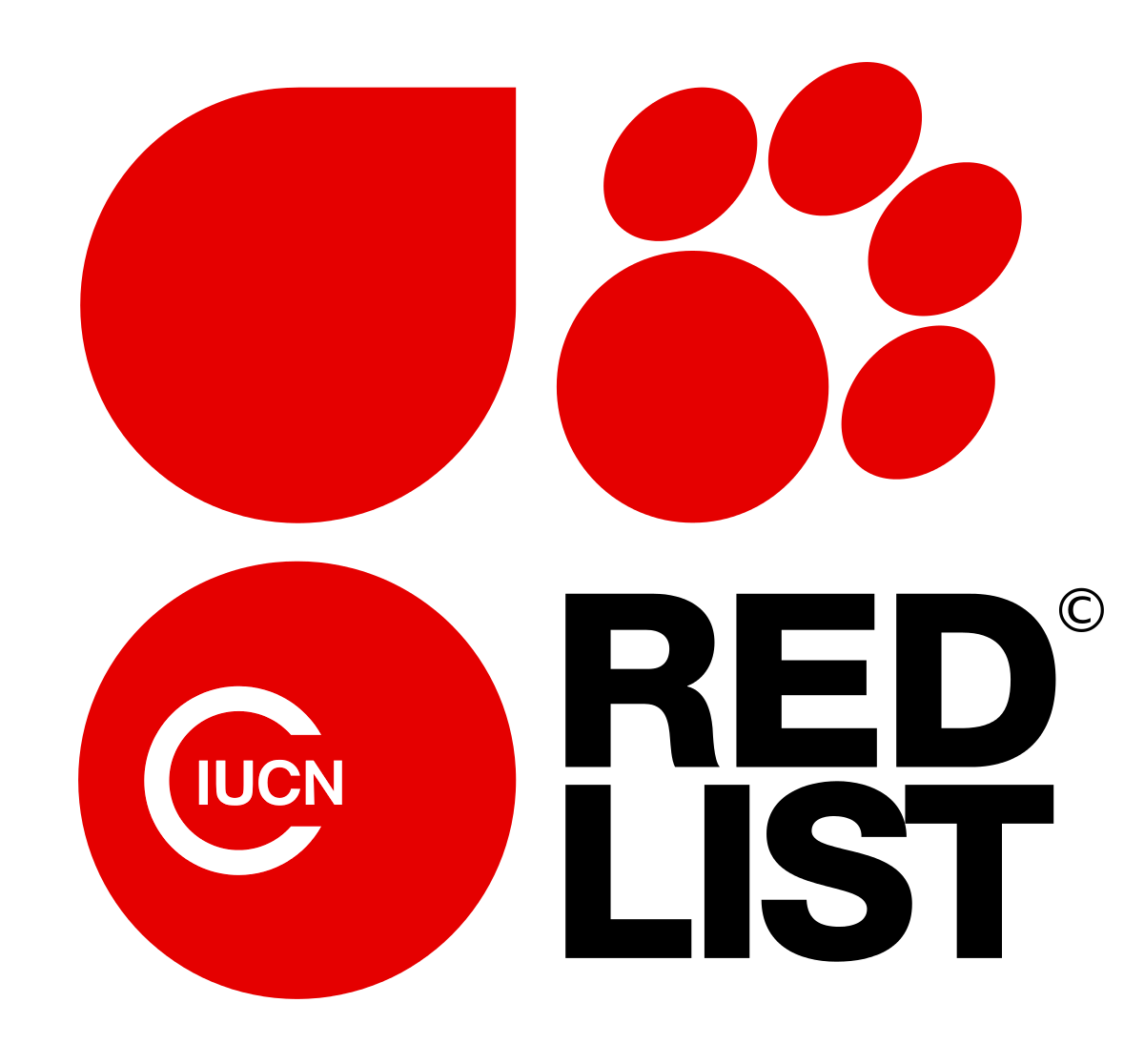
)_2023.JPG)
